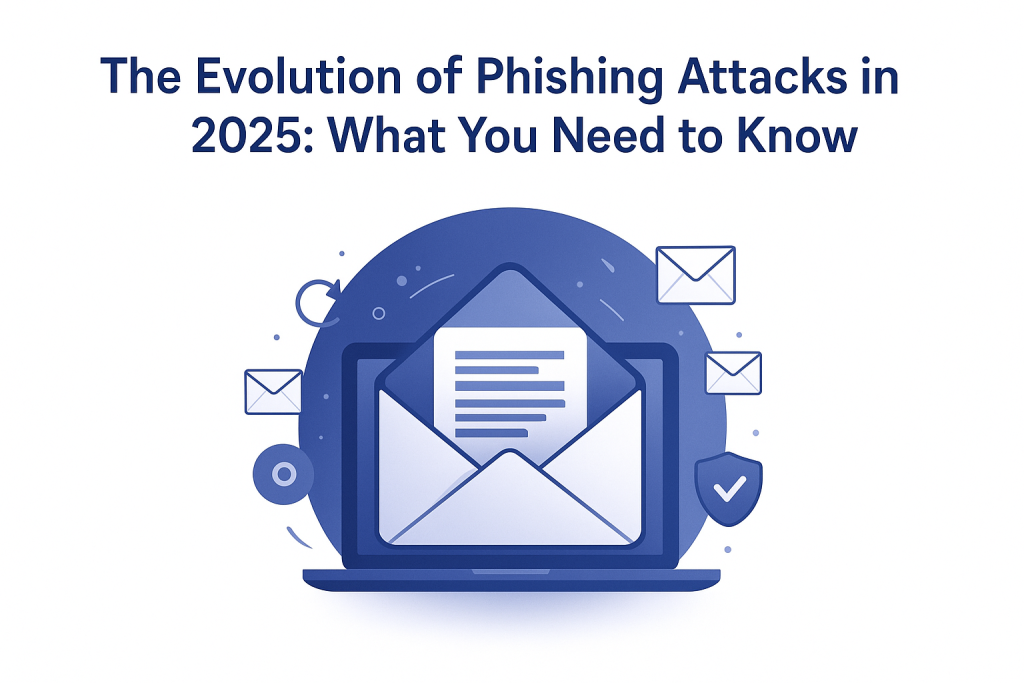The Rising Threat of Phishing
Phishing emails have become one of the most common and dangerous forms of cyberattacks. Despite their prevalence, many still fall victim due to the increasingly sophisticated tactics used by cybercriminals. In this article, we’ll break down the anatomy of a phishing email to help you spot red flags and stay protected.
Phishing attacks can take various forms, including:
- Email Phishing: The most common type, where an attacker impersonates a legitimate entity.
- Quishing: Phishing attacks that use QR codes to trick users.
- Spear Phishing: Targeted attacks aimed at specific individuals or organisations.
- Smishing and Vishing: Phishing conducted through SMS (smishing) or voice calls (vishing).
- Clone Phishing: A legitimate email is copied and altered, often by replacing links to redirect users to a phishing website.
Psychological Manipulation in Phishing
Cybercriminals often exploit human emotions to bypass security defences. Phishing attacks aren’t only technical—they manipulate users by inducing fear, urgency, curiosity, or trust. Recognizing these psychological tactics is key to defending against phishing.
Common emotional triggers used in phishing:
- Fear: Threats of account suspension or data loss.
- Urgency: Demanding immediate action without allowing time for consideration.
- Curiosity: Luring users with attractive offers or “important” updates.
- Trust: Impersonating well-known brands or contacts to lower the recipient’s guard.
By understanding these emotional manipulation techniques, organisations and individuals can strengthen their training and awareness to better combat phishing attacks.
How to Identify a Phishing Attack
Most phishing attacks share common features that can help you identify them. When in doubt, it’s best to delete the message without clicking on any attachments or links, sharing personal information, or responding. If it’s a voice call, end it immediately. Below are the most common indicators of phishing:
1. Impersonal Greeting
Most organisations you have an account with can personalise emails and will not greet you with “Hi Dear” or “Dear customer.” Beware of awkward phrasing like “Click here fast for account info or bad things happen.”
2. Urgency or Scare Tactics
Phishing emails create a sense of urgency, making you think there’s a problem with your account or payments. This urgency pushes you to act quickly without thinking. Typical subjects include “URGENT: Payment required” or “Account not verified. Click on the link to fill in the data.”
3. Grammar and Spelling Mistakes
Unprofessional tone, punctuation errors, or spelling mistakes are common in phishing emails. These errors can signal that the message wasn’t written by a native speaker. However, with advancements in technology and AI, bad actors can now compose more polished emails. Compare the email’s tone and style with previous legitimate communications to spot differences.
4. Requests for Sensitive Information
Phishing emails often ask for personal information like passwords, Social Security numbers, or credit card details. They might demand immediate action, such as changing a payment method to proceed with a subscription, accompanied by threats of account closure or legal action.
5. Suspicious Attachments or Links
Even if the displayed text reads “Click here” or shows a full URL, the real destination may be different. Hover over links to reveal the actual endpoint. Pay attention to domain names for misspellings or unusual extensions like “.co” instead of “.com.”
6. Lookalike or Misspelt Web or Email Address
Hackers often use lookalike domains with minor changes that are easily missed, especially when a sense of urgency is created. For example, “bankofarnerica” can be mistaken for “bankofamerica” because “rn” looks like “m.”
What to Do If You Suspect a Phishing Email
If you encounter a suspicious email or realise you’ve interacted with a phishing attempt, follow these steps immediately:
1. Stop Sharing Information
If you’ve already shared information, stop immediately. Avoid providing any additional details to the phishing source.
2. Pause Actions on Your Device
Do not proceed with any other actions on the affected device until it’s been cleared of any potential threats.
3. Protect Your Personal Information
Change your passwords, especially for accounts that may have been compromised. Enable two-factor authentication (2FA) where possible for extra security.
4. Update Your System
Ensure your operating system and security software are up to date with the latest patches and security protocols. This minimises vulnerabilities.
5. Perform a Security Scan
Run a full system scan using antivirus or security software to detect and remove any malicious software or files.
6. Seek Professional Help
If issues persist or you’re uncertain about how to handle the situation, reach out to a cybersecurity expert for assistance.
Phishing attacks can be highly deceptive and evolve rapidly, making them difficult to identify without proper awareness. By understanding the anatomy of a phishing email and learning to recognize common signs like urgency tactics, suspicious links, and requests for sensitive information, you can greatly reduce your risk. Stay vigilant and always verify the legitimacy of unsolicited emails, texts, or calls before taking any action.
Stay vigilant, stay safe!






